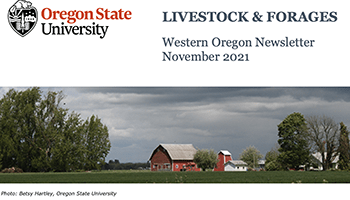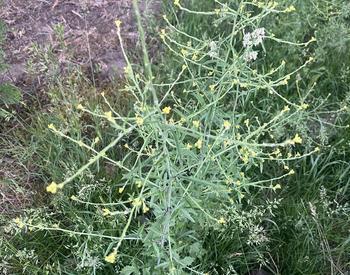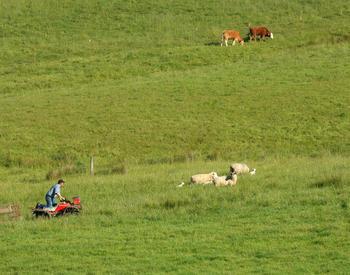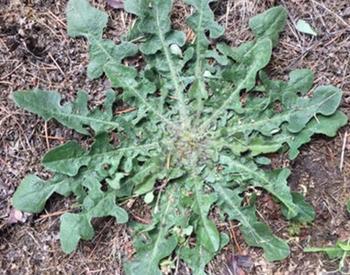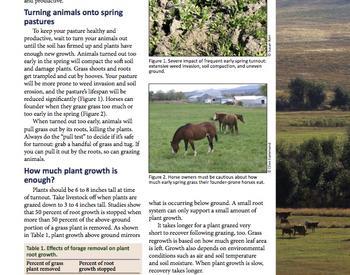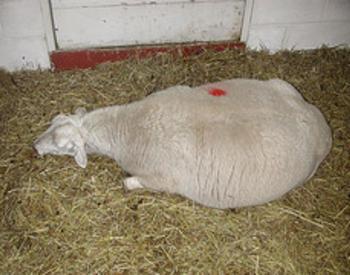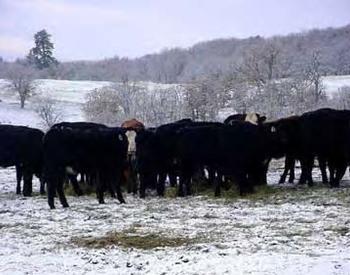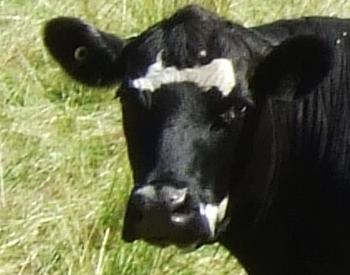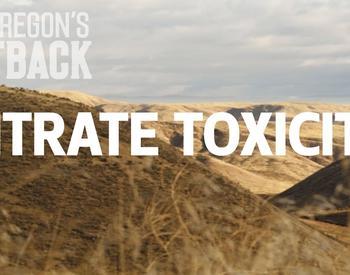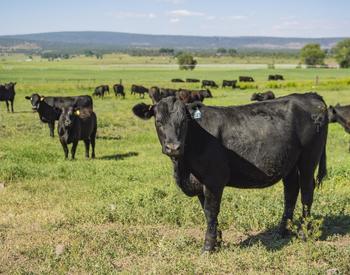The practice of matching the nutrient content of feeds with the nutrient requirements of your livestock is very important, especially if you are using feeds that you are not familiar with. Balancing rations can help keep feed costs in check with production levels because you'll know what to expect from your cattle when using feeds with known costs and nutrient content.
The first step in ration balancing is to know the nutrient content of the base feed, usually a grass or grass-legume hay or haylage. See Testing Hay and List of Labs for how to send a sample of your hay to a laboratory. You will also need to test other hay you intend to use, such as alfalfa hay. Most grains are stable in their nutrient content so you can use book values or tables posted on the internet. If you need assistance reviewing the lab report, see Understanding Your Forage Test Results.
While your feeds are at the lab, you can work on listing the energy and protein requirements of the different classes of livestock you own. List by:
- Species (cattle, sheep, or goats).
- Physiological stage of production they will be in during the winter and early spring months as these stages require differing amounts of nutrients:
- Early, mid or late pregnancy.
- Early or late lactation or dry.
- Rate of gain for young, growing livestock.
- Maintenance or increasing body condition score.
- Use the National Research Council's Nutrient Requirement tables for the levels of protein, energy and total amounts of dry matter.
All this may seem like a daunting process but the OSU Beef Nutrition Workbook guides you through step by step. It has worksheets for entering the energy and protein required for the animals. For sheep, use Nutrient Requirements of Sheep and follow a similar exercise as outlined in the beef book.
There are worksheets for each step, including how to balance the rations and supplementation strategies in case the base feed does not meet requirements. If the ration is very low in protein, some of the supplements will not meet the requirements. Be careful when selecting the final ration. Reach out to us at OSU Extension if you need help.
